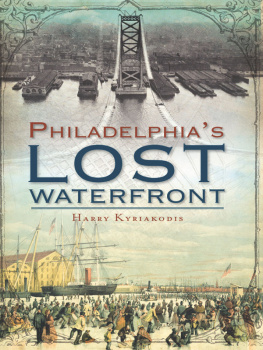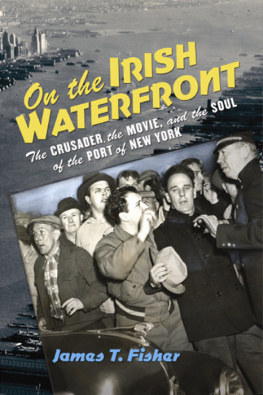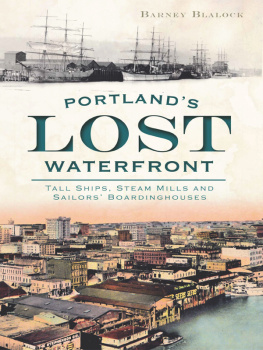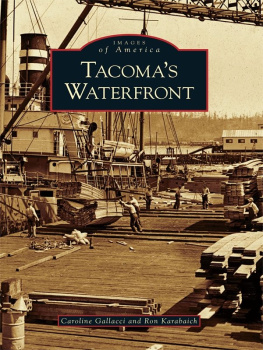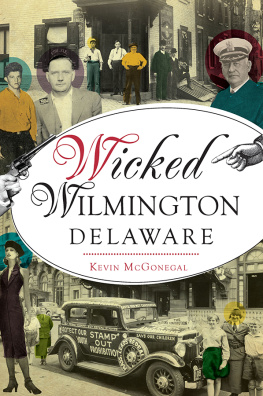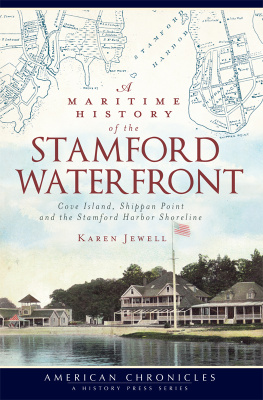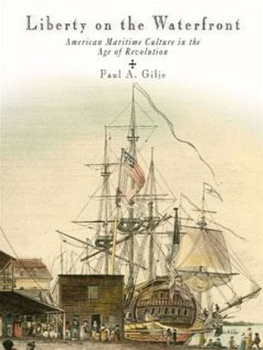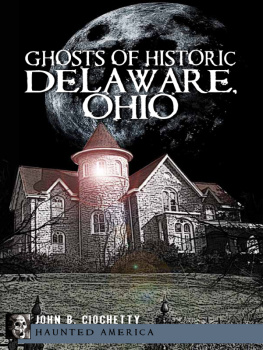

The South East Prospect of the City of Philadelphia, an oil painting by Peter Cooper from about 1720, hanging at the Library Company of Philadelphia. This work, the oldest surviving canvas of any American city, has a most interesting history. Plus, at almost eight feet long and twenty inches high, its one of the most unusual of all paintings of Philadelphia. At either end of the canvas are the arms of the city and the province of Pennsylvania. Beneath is a descriptive panel identifying various buildings. Despite being rather unsophisticated, the painting is practically without peer as a pictorial document of an American city. Cooper was very likely a Philadelphia sign painter. The Library Company of Philadelphia.
Published by The History Press
Charleston, SC 29403
www.historypress.net
Copyright 2011 by Harry Kyriakodis
All rights reserved
Front cover, top: The Delaware River (i.e., Benjamin Franklin) Bridge under construction in 1924, looking west at the city of Philadelphia. Delaware River Bridge Joint Commission. Front cover, bottom: Ice skating on the frozen Delaware in the winter of 1856, near the first Philadelphia Naval Yard next to the community of Southwark. Library of Congress.
First published 2011
Second printing 2011
Third printing 2012
e-book edition 2013
Manufactured in the United States
ISBN 978.1.62584.188.9
Library of Congress Cataloging-in-Publication Data
Kyriakodis, Harry G.
Philadelphias lost waterfront / Harry Kyriakodis.
p. cm.
Includes bibliographical references and index.
print edition ISBN 978-1-60949-371-4
1. Waterfronts--Pennsylvania--Philadelphia--History. 2. Historic buildings--Pennsylvania--Philadelphia. 3. Historic sites--Pennsylvania--Philadelphia. 4. Philadelphia (Pa.)--History. 5. Delaware River Region (N.Y.-Del. and N.J.)--History. 6. Philadelphia (Pa.)--Buildings, structures, etc. 7. Philadelphia (Pa.)--Biography. 8. Philadelphia (Pa.)--Social conditions. I. Title.
F158.63.K97 2011
974.811--dc23
2011018584
Notice: The information in this book is true and complete to the best of our knowledge. It is offered without guarantee on the part of the author or The History Press. The author and The History Press disclaim all liability in connection with the use of this book.
All rights reserved. No part of this book may be reproduced or transmitted in any form whatsoever without prior written permission from the publisher except in the case of brief quotations embodied in critical articles and reviews.
CONTENTS
PREFACE
Midway on Front Street, between Philadelphias Old City and Northern Liberties neighborhoods, is a set of ancient stone steps leading down to Water Street. This narrow stairwell, on the 300 block of North Front, is a passageway to the lower street on the line of what used to be an alley called Wood Street.
The Wood Street Steps are also a passageway back in time, for they are the last of ten or so public stairways on the alley streets from Callowhill to South Streets, built about three centuries ago at the direction of William Penn, founder and proprietor of the province of Pennsylvania and founder of the city of Philadelphia. Each one of the Penn stairs once lay exactly on the Delaware Rivers western embankment, providing access to the water from the high ground of the city above. Other than Gloria Dei Church in South Philadelphia, this staircase is the only relic of the colonial era along the Delaware in Penns City of Brotherly Love.
This account began as an investigation into these stairwells. It then broadened into a chronicle of Philadelphias riverfront between Vine and South Streetsthe citys original northern and southern boundaries. It then expanded north to Spring Garden Street and south to Washington Avenue, basically to round out the story. While the book focuses on the two-block strip of the waterfront from Front Street to the river, there are occasional forays inland to Second Street.
This study includes an exploration of the caves that Quaker settlers occupied beside the Delaware and the stories behind Front Street, Water Street and Delaware Avenue. Old City, Society Hill and Queen Village are discussed, as are the famous personalities associated with Philadelphias riverside and the notable creeks that once crossed this zone. Shipbuilding, railroading and military activities on this stretch of the Delaware are considered, as are immigration and employment matters. Plus, extant and long-forgotten taverns, restaurants, hotels, parks, piers and places of worship are covered.
After a look at the early development of Philadelphias original port district, the narrative proceeds block by block from Spring Garden Street to Washington Avenue. Why north to south? It just seemed better to begin with the area that still has the most remnants of the past so that some tangible evidence of Philadelphias lost waterfront could be seen. Seeing the little that remains emphasizes how much is gone. For, ultimately, this book is a lament on all that has vanished due to the heartless routing of Interstate 95 through this two-mile-long corridor decades ago.
Contemporary happenings along the historic central waterfront of Philadelphia are highlighted in the final chapters as the narrative returns to Columbus Boulevard and Penns Landing. It will become clear that recent conflicts concerning the use and enjoyment of the riverfront are as fresh today as they were over three hundred years ago.

Id like to thank my family members for their support in this project, as well as my workplace colleagues and members of the Association of Philadelphia Tour Guides; also Ron Hoess, Al Johnson, Robert Kettell, Kenneth Milano, Doug Mooney, James Quilligan, Andy Sacksteder, Richard Stange, Rich Wagner and Rebecca Yamin for the informative chats and messages we exchanged. Adam Levine, a consultant for the Philadelphia Water Department, provided photos and encouragement. The staffs at the Philadelphia City Archives and the Library Company of Philadelphia were most helpful, as was The History Press team in guiding me to assemble this book.
INTRODUCTION
Great cities have great rivers, and the city of Philadelphia has two of the finest and most historic rivers in the United States: the Delaware and the Schuylkill. Both have played critical roles in the American Revolution of the eighteenth century, the Industrial and Transportation Revolutions of the nineteenth century, and even the Environmental Revolution of the twentieth century.
In the early 1680s, William Penn (16441718) specifically established his City of Brotherly Love at the narrowest point between these waterways to take advantage of the benefits afforded by them. In a letter to London, he gushed:
[O]f all the many places I have seen in the world, I remember not one better seated; so that it seems to me to have been appointed for a town, whether we regard the rivers, or the conveniency of the coves, docks, springs, the loftiness and soundness of the land and the air.
Penn envisioned his colony of Pennsylvania sprawling westward from the river settlement of Philadelphia, which would serve as the colonys seat of government and base of mercantile activity.
Philadelphias geography made it ideal as an inland seaport, and Penns settlement responded to maritime opportunities quickly. The city became the first major shipping port in North America, so much so that a visitor in 1756 commented, Everybody in Philadelphia deals more or less in trade. By the onset of the War for Independence, Penns town was third only to Liverpool and London as an essential business location.
Next page
